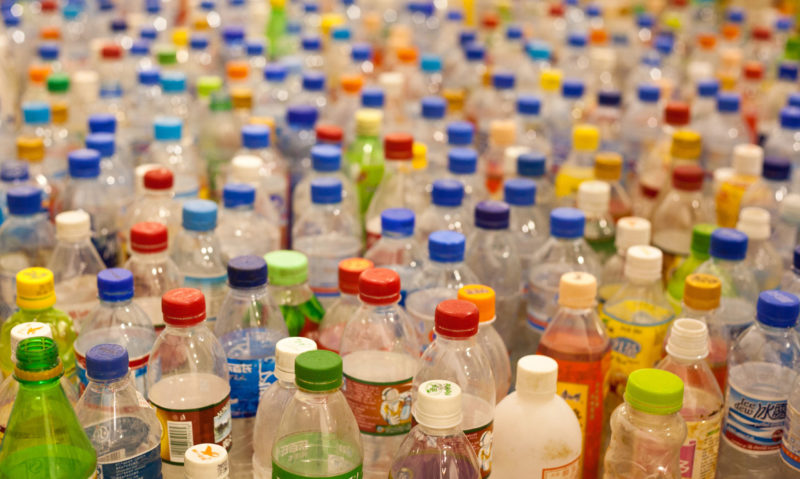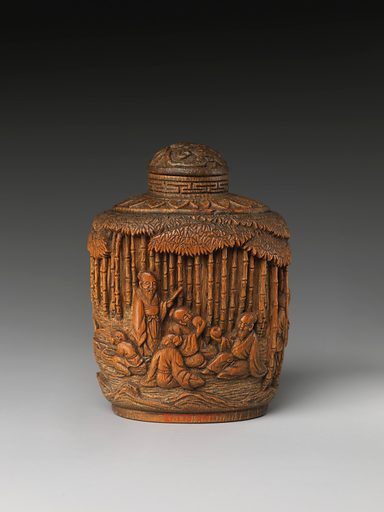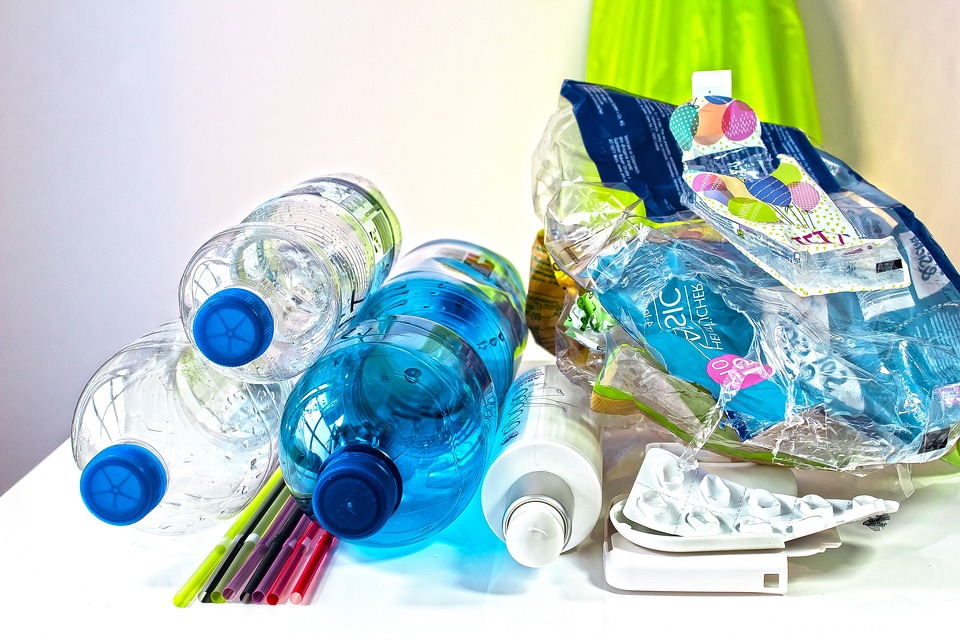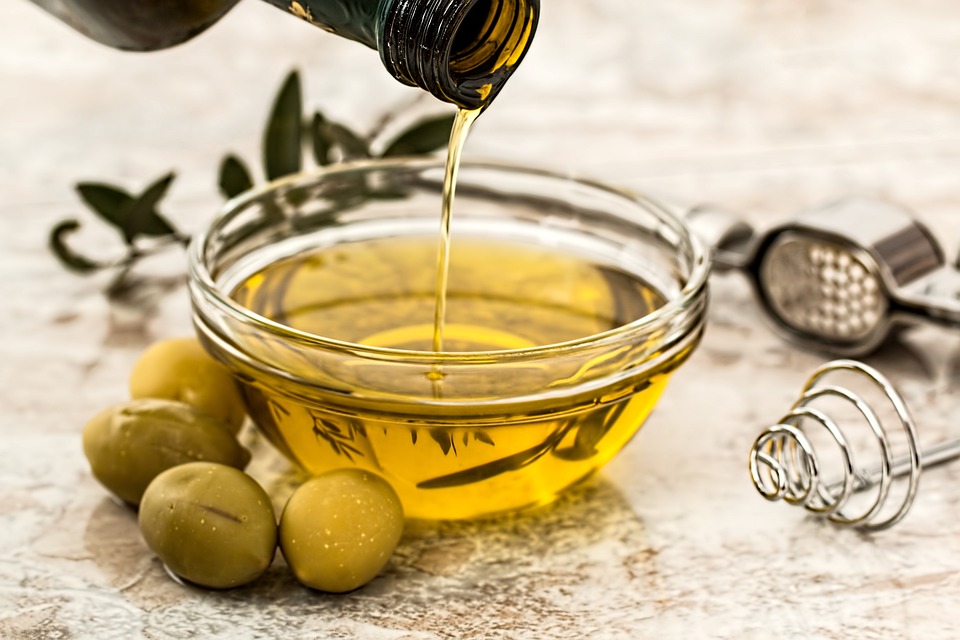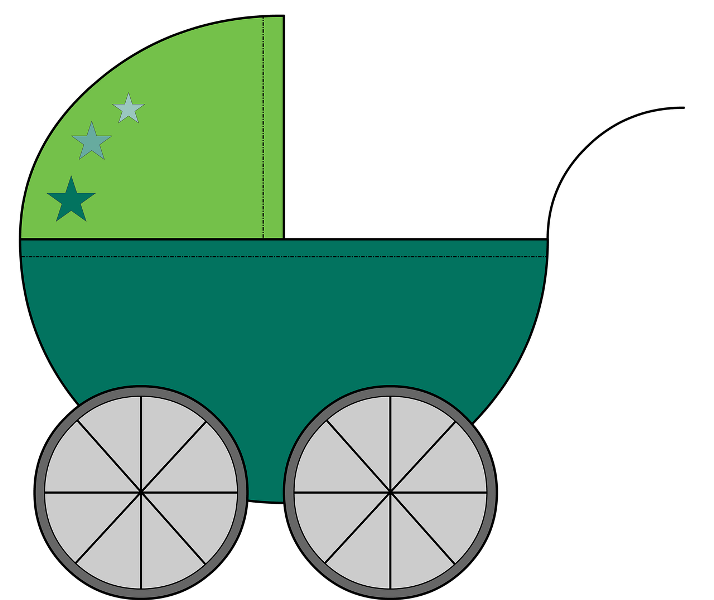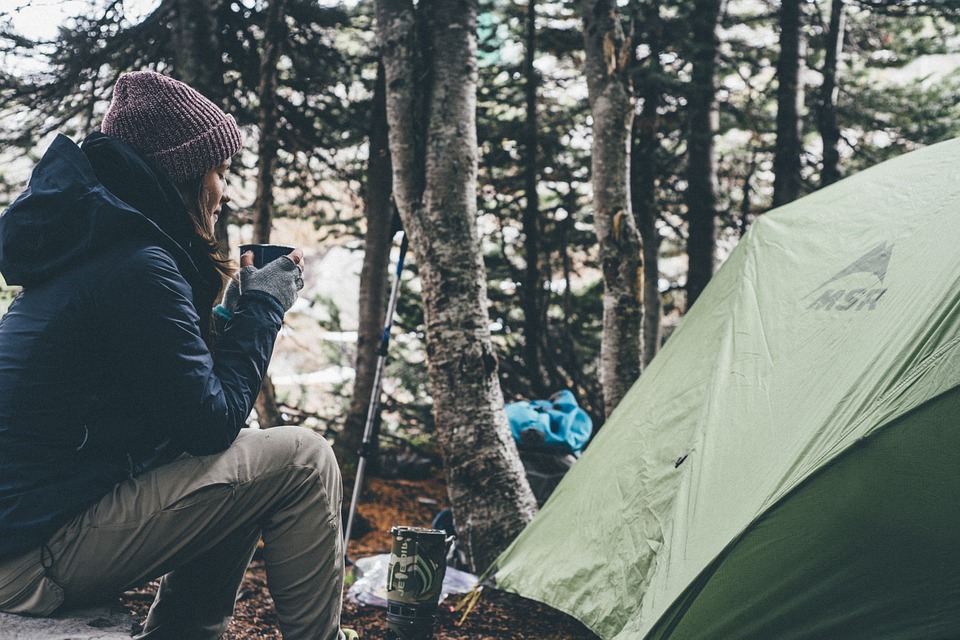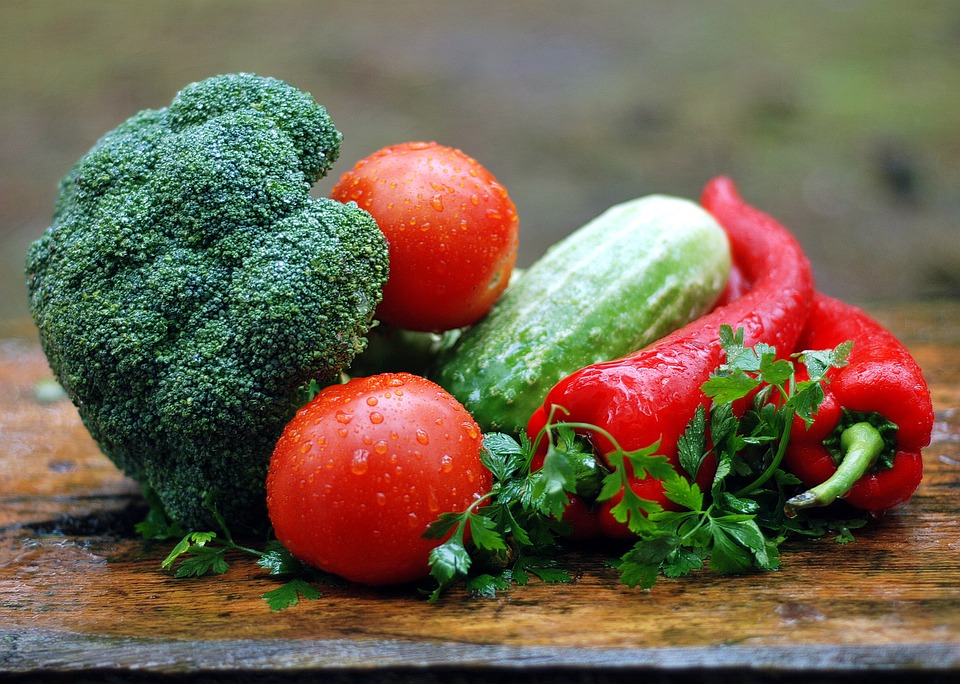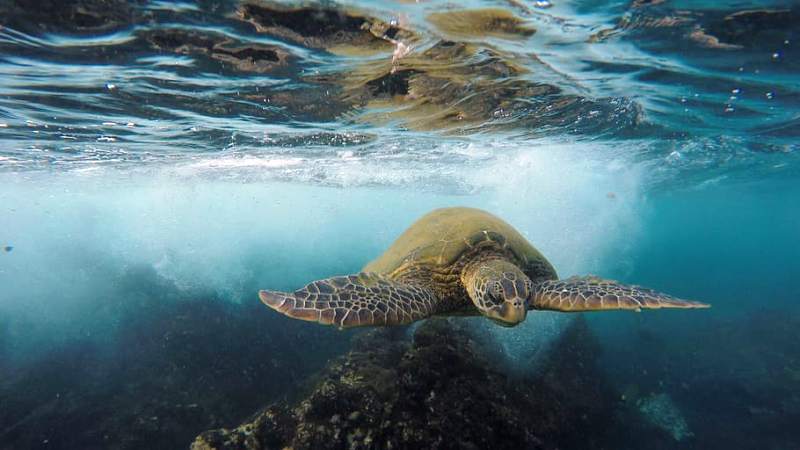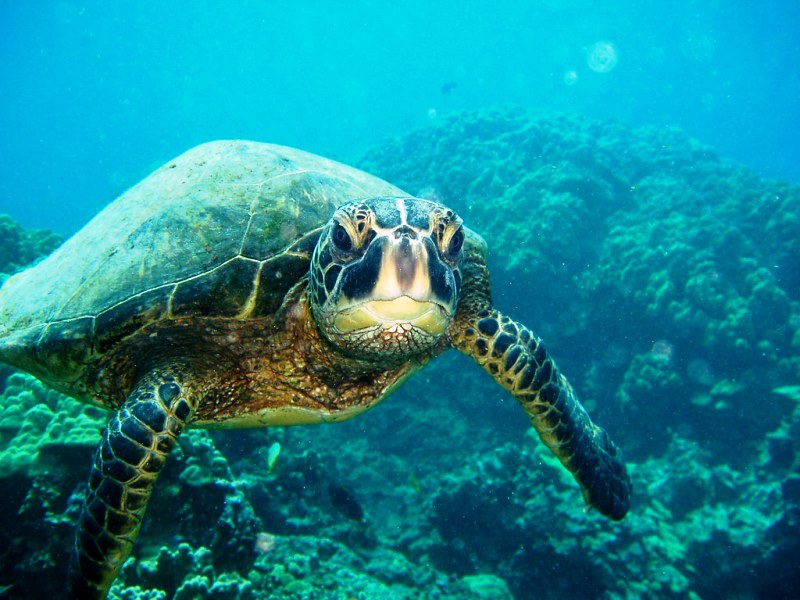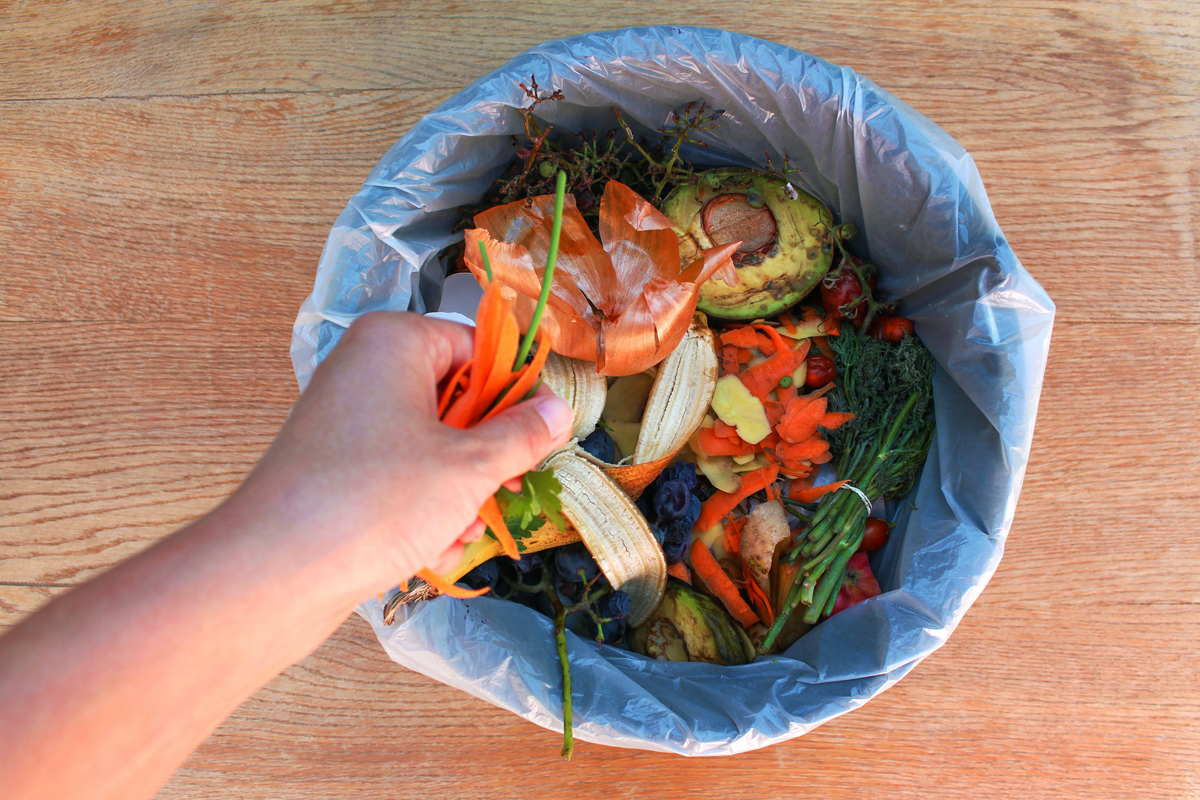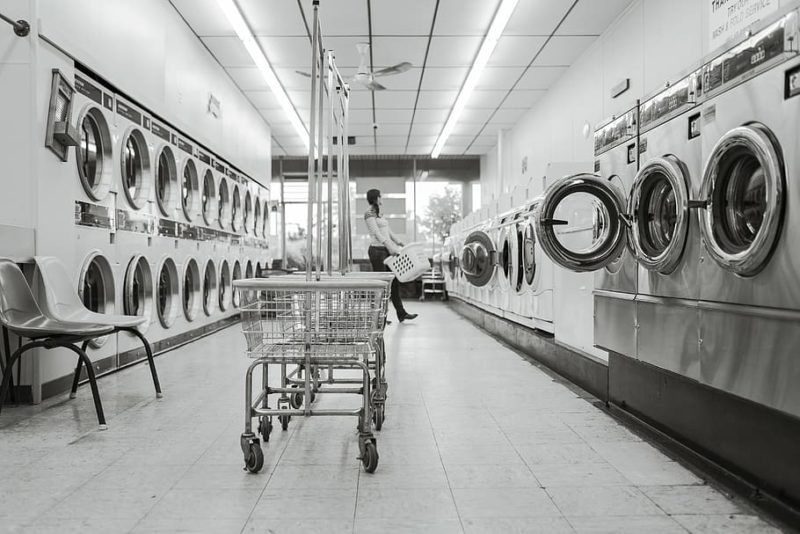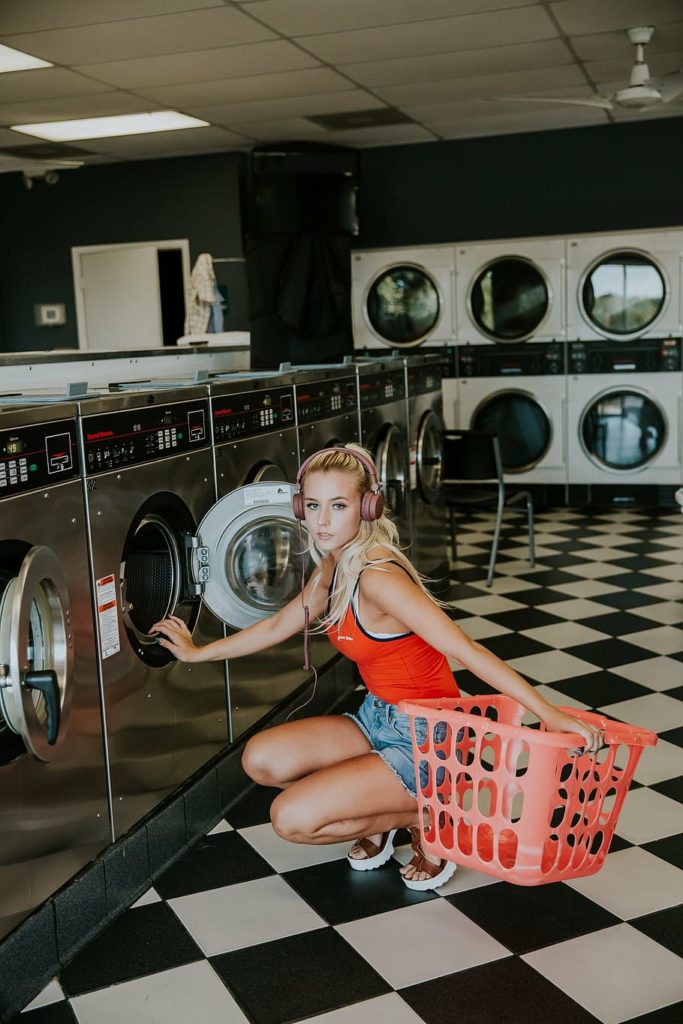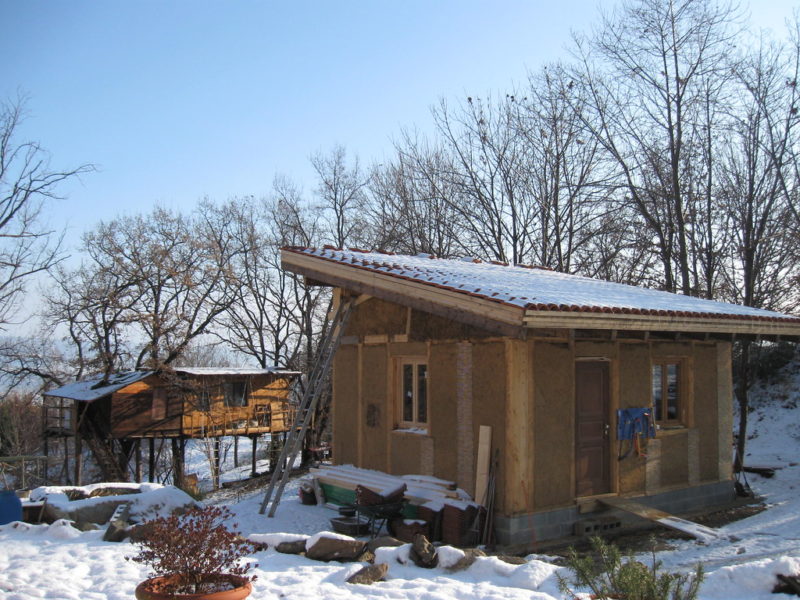Mangrove forests, thanks to their particularities, are increasingly important for the conservation of environments and biodiversity. They are indeed used to mitigate the effects of climate change. How? You might ask. Well, let’s uncover that in the article below! Happy reading!
What is the Mangrove?
The mangrove is an arboreal plant widespread in subtropical latitudes.
It is found along the coasts and at the exit of rivers and is able to tolerate high salinity or brackish water, currents, winds and muddy and anaerobic soils, i.e. with little oxygen exchange.
Particular Roots
There are several varieties, such as the red mangrove and the black mangrove. But in general, they belong to the genera Avicennia , Rhizophora and Sonneratia . Like all trees, they have foliage, stems and roots. However, the roots are very particular. They develop from the stem and grow deep, anchoring the plant to the substrate and absorbing the water and nutrients it needs.
This type of soil is rich in sediment, organic matter and poor in oxygen. This is why mangroves have also developed pneumatophores, aerial roots that grow vertically, in direct contact with the air. These are able to absorb atmospheric oxygen, which allows the plant to survive in anoxic soils.
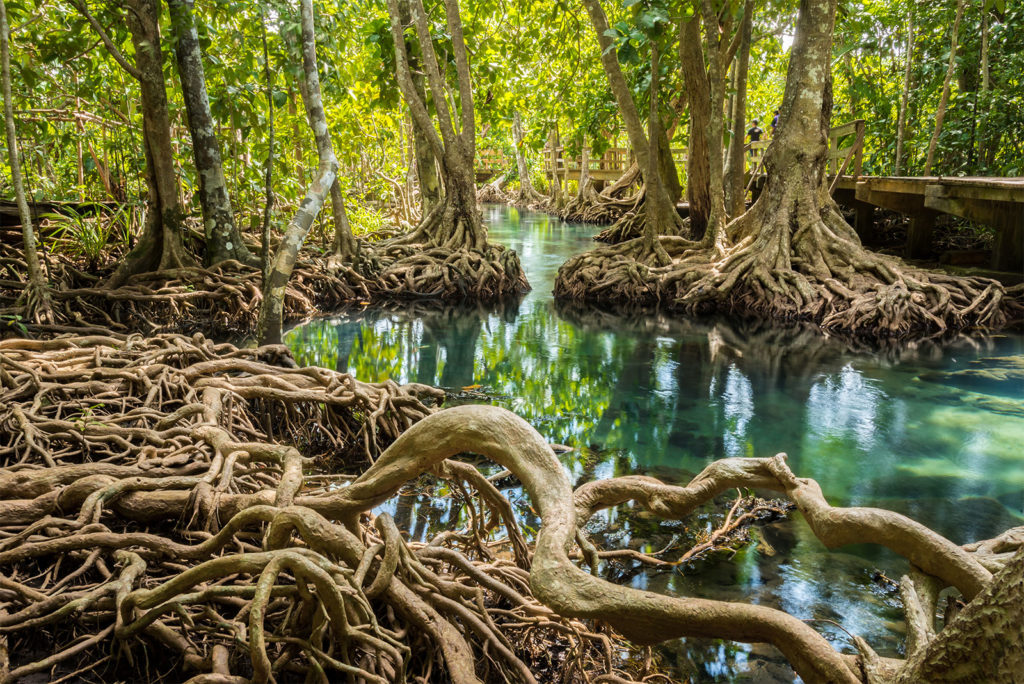
In all cases, the anchor roots also have parts exposed to the air. It is precisely because of this characteristic that mangrove forests often appear to be suspended above the water.
Another problem they have to solve is that the water they absorb through their roots is brackish. In fact, the plants need fresh water to grow.
Mangroves solve this problem by using three strategies:
– salt is carried in a single aged leaf. The leaf turns yellow and falls off, freeing the plant from excess salt. Accumulation can also occur in the trunk;
– the leaves have special glands to expel the salts;
– they reduce water consumption when the salinity of the external environment increases.
Their Unique Reproduction
Finally, their reproduction is also unique. Mangroves are viviparous. This means that the seeds germinate in the fruit while it is still attached to the mother plant.
From there, the propagule (bud) detaches and floats carried by the current. Once it finds a suitable substrate, it anchors itself and starts to develop. Thanks to this mode of reproduction, mangroves are dispersed in areas even geographically very far from each other.
Climate Change Mitigators
These plants create dense forests, considered as real ecosystems. When doing so, they are able to absorb large quantities of atmospheric CO 2. Just like other forests and coral reefs.
In addition, sediment-rich water from rivers or coasts flows through the roots, which act like the meshes of a net. Thus, debris such as sand and mud are deposited. To all this is added the organic matter coming from the plant itself, such as dead leaves. Hence their activity of protection of the coasts against erosion.
Indeed, thanks to the accumulation of debris, mangroves promote the formation of new portions of coastline, which did not exist before.
Thanks to their complex network of roots, they compact the soil and slow down the passage of water.
In the current climate change scenario, one of the main problems is that coastal areas and small islands are increasingly eroded due to rising sea levels but mangroves can stop that issue from happening.
Mangroves Preserve the Balance between Ecosystems
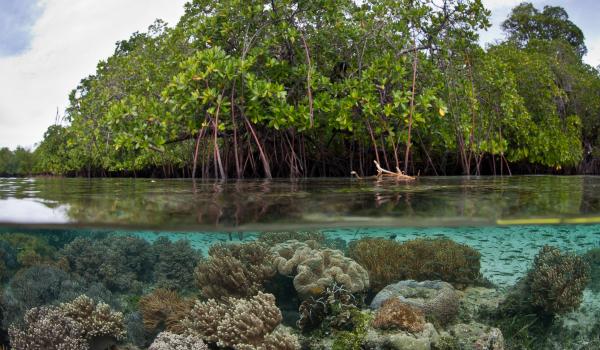
Mangroves constitute an intermediate ecosystem between the terrestrial and the aquatic environment. It therefore also has important functions in the regulation of nutrient flows.
Indeed, the soil is rich in elements such as phosphorus, potassium, nitrogen, magnesium and other minerals. Thanks to the rains and the rivers, all these substances are transported to the sea. If there were no reefs, they would be dispersed directly into the ocean. This is why mangroves, being a transitional ecosystem, are able to absorb and trap them.
But this poses a second problem.
Even before the open ocean, there are coral reefs that need to feed. But if this is retained by the mangroves, what is left for the organisms that populate it? Very little.
This is why the barriers are rich in organisms, such as sponges, which have a very high capacity to absorb the smallest amounts of nutrients. Thus, most of the minerals are reused and nothing is wasted. Amazing isn’t it?
Now that you know more about the mangroves’ role on our planet, what are your thoughts about them? Have you seen this plant before? Share your point of view with us in the comments below!

